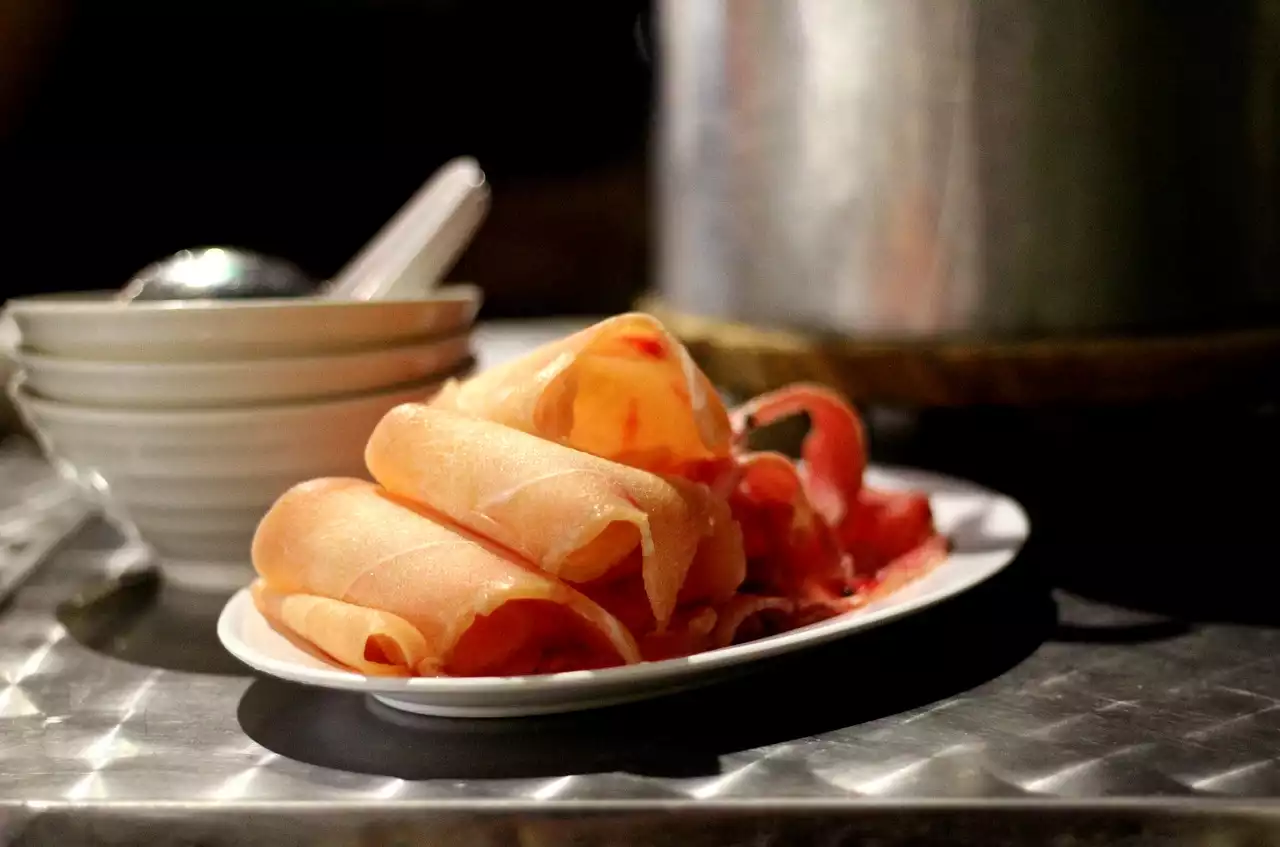Stewing is a form of slow-cooking. It involves placing your meat in a pot, water, or other container, and allowing the juices to slowly seep into the meat. This process concentrates the meat’s flavor and makes it tender. Aside from the obvious benefit to your meat, stewing also helps reduce the risk of contamination. There are several ways you can stew your meat. As mentioned above, you can use a pot, crockpot, or anything else that allows your meat to seep its juices. You can also add vegetables and spices to the pot. The key to stewing is to do it at a low temperature. You don’t want to boil the meat, but you don’t want to allow it to cook either. In this guide, we’ll list the best cuts of meat for stewing, the stewing times and temperatures, and the best cuts of meat for stewing.
What Meat Cuts to Use for Stewing?
You can stew just about any meat you can get your hands on. Some of the best cuts for stewing include brisket, chuck, sirloin steak, round, and shoulder. These cuts are also the most affordable. Beef, pork, and lamb are the three most common meats used for stewing. The best cuts for each of these meats are listed below.
Lamb
The best cut for stewing lamb is the leg of lamb. The best temperature for stewing leg of lamb is 185 degrees Fahrenheit for 8 hours. You can also stew the shoulder of lamb, but it works better at a higher temperature. The best temperature for stewing shoulder of lamb is 195 degrees Fahrenheit for 8 hours.
Best Beef for Stewing
The best cut for stewing is point beef. You can also use beef brisket and beef shoulder. The best temperature for stewing point beef is 185 degrees Fahrenheit. The best cooking time is 7 to 9 hours. The next best cut for stewing is the flank steak. This cut is also known as the short plate, long plate, or skirt steak. The best temperature for stewing flank steak is 185 degrees Fahrenheit for 6 hours.
Best Pork for Stewing
The best cut for stewing pork is the pork spareribs. The best temperature for stewing spareribs is 185 degrees Fahrenheit for 8 hours. The next best cut for stewing is the loin or chops, which is also known as the center-cut loin, blade loin, or top blade. The best temperature for stewing loin or chops is 185 degrees Fahrenheit for 6 hours.
Best Lamb for Stewing
The best cut for stewing is the leg of lamb. The best temperature for stewing leg of lamb is 185 degrees Fahrenheit for 8 hours. You can also stew the shoulder of lamb, but it works better at a higher temperature. The best temperature for stewing shoulder of lamb is 195 degrees Fahrenheit for 8 hours.
Final Words: The Benefits of Stewing Meat
While you can easily make delicious meals with just any cut of meat, stewing is a great way to bring out the best in your cuts. Stewing is a low-temperature cooking method that concentrates flavors. It also helps reduce the risk of food-borne illnesses. Stewing is a good option if you don’t have a lot of time but still want to prepare a delicious meal. It’s also a great option for families with children who may not be ready to eat meat. Stewing also has the added benefit of making your meat easier to cut and serve. Stewing also works well for beef, pork, and lamb.
The Importance of Proper Handling
While stewing is a great way to get the most flavor from your cuts of meat, it’s also important to handle them properly. Be sure to hold the meat while it’s in the freezer or refrigerator. You also shouldn’t pre-cook or pre-chop your meat before you freeze or refrigerate it. If you don’t handle your meat properly, you could develop freezer burn or food borne pathogens. This can ruin the taste and texture of your meat. You should cook your meat to the proper temperature before you store it.
Summary
Stewing meat is a great way to add a lot of flavor to your food. Besides the obvious benefits to your meat, stewing also helps reduce the risk of contamination. With careful management, you can even make stewing meat taste better by using better cuts and being more mindful of the amount of salt you use. Stews are also a great way to use up extra ingredients like tomatoes, carrots, and beans. If you’re making a large batch, you can freeze Individual portions or even large containers, and then just pop them into the oven when you’re ready to serve. What’s more, if you make a batch of stew and don’t eat any of it immediately, you can just store it in the refrigerator and come back to it later.


 10 Must-Know Travel Tips for Flights to Thailand
10 Must-Know Travel Tips for Flights to Thailand
 Green Day is Just a Big Band!
Green Day is Just a Big Band!
 Bathing Your Newborn Baby Safely and Comfortably
Bathing Your Newborn Baby Safely and Comfortably When and When Not to Boil Food
When and When Not to Boil Food What are the Best Foods to Steam Cook?
What are the Best Foods to Steam Cook? What is Sous Vide and How does it Work?
What is Sous Vide and How does it Work?